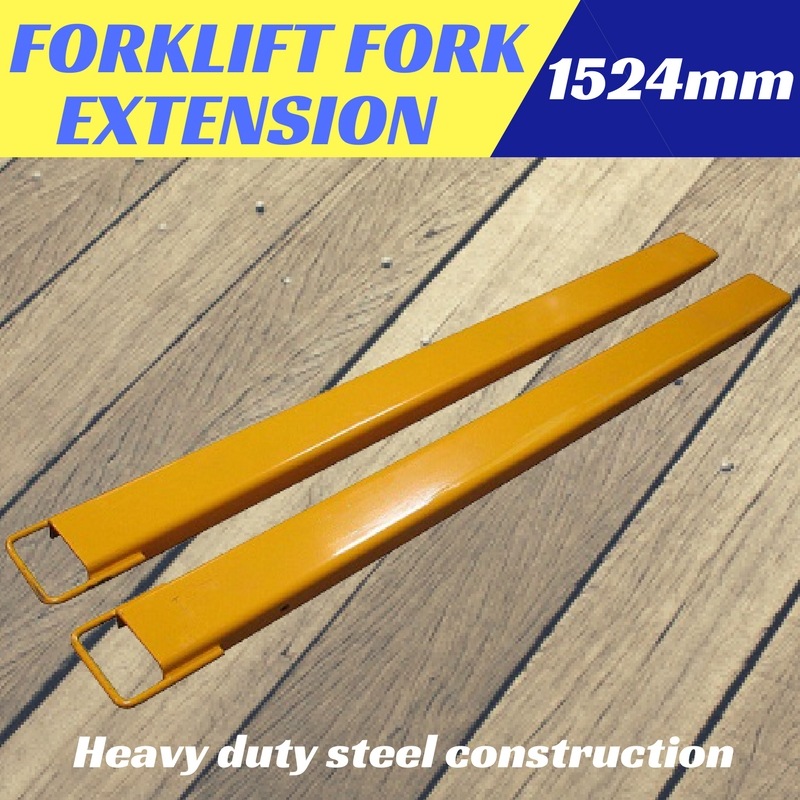

The curves are used for piercing the thin sliced beef. This fork is shaped like a regular fork, but it is slightly bigger and the tines are curved outward. Beef fork: A fork used for picking up meat.The rest of Europe did not adopt the fork until the 18th century. It was proper for a guest to arrive with his own fork and spoon enclosed in a box called a cadena this usage was introduced to the French court with Catherine de' Medici's entourage.Īlthough in Portugal forks were first used around 1450 by Infanta Beatrice, Duchess of Viseu, King Manuel I of Portugal's mother, only by the 16th century, when they had become part of Italian etiquette, did forks enter into common use in Southern Europe, gaining some currency in Spain, and gradually spreading to France. By the 14th century the table fork had become commonplace in Italy, and by 1600 was almost universal among the merchant and upper classes. īy the 11th century, the table fork had become increasingly prevalent in the Italian peninsula before other European regions because of historical ties with Byzantium and, as pasta became a greater part of the Italian diet, continued to gain popularity, displacing the long wooden spike formerly used since the fork's three spikes proved better suited to gathering the noodles. The same story (with Maria Argyropoulina) was said about the Byzantine princess Theodora Doukaina who came to Venice to marry the Doge Domenico Selvo and used forks at the meals. In addition, according to Peter Damian, the Byzantine princess Maria Argyropoulina brought some golden forks to Venice, when she married Giovanni Orseolo, the son of the Doge Pietro II Orseolo in 1004. Ĭhronographers mention the astonishment that the Byzantine princess Theophanu caused to the westerners, because she was using a fork instead of her hands when she was eating (she moved to the west because she married the Holy Roman Emperor Otto II). By the 10th century, the table fork was in common use throughout the Middle East. Records show that by the 9th century in some elite circles of Persia a similar utensil known as a barjyn was in limited use. Use varied according to local customs, social class, and the type of food, but in earlier periods forks were mostly used as cooking and serving utensils.Īlthough its origin may go back to Ancient Greece, the personal table fork was most likely invented in the Eastern Roman ( Byzantine) Empire, where they were in common use by the 4th century. In the Roman Empire, bronze and silver forks were used, many surviving examples of which are displayed in museums around Europe. In Ancient Egypt, large forks were used as cooking utensils. Similar forks have also been depicted on top of a stove in a scene at another Eastern Han tomb (in Suide County, Shaanxi). A stone carving from an Eastern Han tomb (in Ta-kua-liang, Suide County, Shaanxi) depicts three hanging two-pronged forks in a dining scene. 1050 BC), as well as later Chinese dynasties. In chaos theory ( physics, non-linear dynamics), the branches of a bifurcation diagram are called tines and subtines.Bronze forks made in Persia during the 8th or 9th century.īone forks have been found in archaeological sites of the Bronze Age Qijia culture (2400–1900 BC), the Shang dynasty (c.

The term tine is also used for mountains, such as the fictional Silvertine in The Lord of the Rings. Tines and prongs occur in nature-for example, forming the branched bony antlers of deer or the forked horns of pronghorn antelopes.

The term is also used on musical instruments such as the Jew's harp, tuning fork, guitaret, electric piano, music box or mbira which contain long protruding metal spikes ("tines") which are plucked to produce notes. The terms tine and prong are mostly interchangeable. Tines may be blunt, such as those on a fork used as an eating utensil or sharp, as on a pitchfork or even barbed, as on a trident. The number of tines on tools varies widely – a pitchfork may have just two, a garden fork may have four, and a rake or harrow many. They may be made of metal, wood, bone or other hard, strong materials. They are used to spear, hook, move or otherwise act on other objects. Tines ( / ˈ t aɪ n z/ also spelled tynes), prongs or teeth are parallel or branching spikes forming parts of a tool or natural object.


 0 kommentar(er)
0 kommentar(er)
